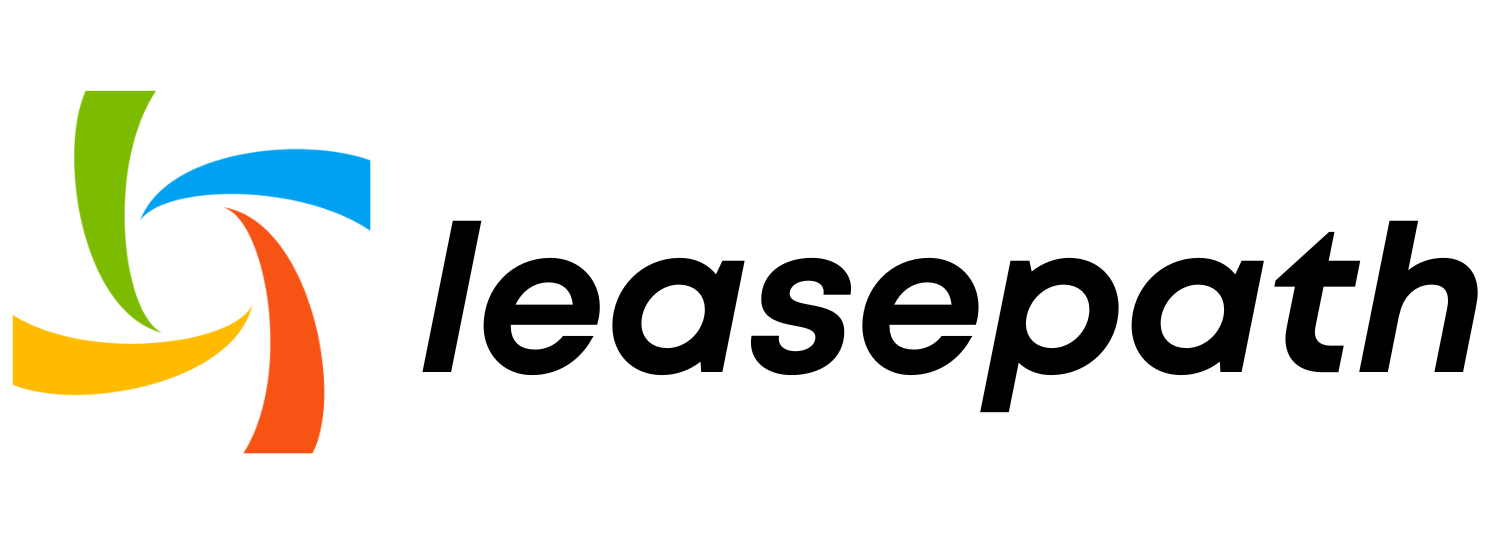By Grace A. Garwood; Contributing Writer, Monitor
The pace of digital transformation has accelerated in 2020, but the equipment finance industry is still light years behind the consumer space. Monitor checked in with six technology leaders to talk about how the industry can catch up and ensure a smooth transition for employees and customers.
Commercial lending is incredibly behind consumer lending when it comes to technology. How can the equipment finance industry learn from the consumer space? What technology trends does the industry need to adopt to thrive as we head into 2021 and beyond?
Jeffrey Bilbrey: Individual consumers have always been the early adopters of new trends and technologies, which leads to the propensity for the consumer finance space to be tech adopters too. Further, consumer finance is more homogenized compared to the tailored financial products inherent with commercial lending, so it’s no wonder we saw lagging adoption.
However, as technology has become better, that ‘risk aversion’ should not be an excuse anymore. Consumer tech such as mobile devices, self-service portals, digital and adaptable experiences, and the acceptance of cloud platforms are all just as viable in the commercial lending space. Your customers need and expect an “intelligent” experience, which means their interactions with you and your systems need to adapt based on the interaction type. Systems should predict needs, present relevant information before it is requested and aggregate data from anywhere to make it easy for your customer and your own staff to conduct business and keep it sticky.
Jeff Boots: Driven by fintech startups, the consumer space has learned to provide a truly positive “customer experience.” Today it’s as easy to apply for, receive and finalize a lending facility as it is to check your balance online. In this sense, fierce competition has made ease and speed a key focus for consumers. The equipment finance industry is still largely using legacy platforms, which don’t fully integrate with digital technologies. And even if these platforms are functionally rich, the interfaces become costly and cumbersome. For 2021, the equipment finance industry will continue its slow adoption of digital technology and replace its legacy platforms.
Kristian Dolan: Focus on the user experience! We so often get wrapped up in trying to solve the exceptions and making robust tools that do everything. We forget that our partners and customers need ease of use. Have you ever gone to a consumer web page that required training?
We see the adoption of microservices being the wave of the future. There are so many fintechs offering amazing plug and play solutions via APIs. This might be fraud prevention via biometrics. This might be enhanced credit automation via artificial intelligence. By having a platform that can take advantage of microservices, you are positioning yourself to take advantage as technologies present themselves.
Mitch Kaufman: Consumer lenders re-imagined the customer experience by gaining an understanding of borrowers’ expectations. Lesson one: “online all the time.” Younger borrowers expect to begin and end a transaction online on mobile devices. This includes interaction with the lender. Technology needs to support online chat and two-way text messaging. Lesson two: “digital decisions.” Consumer lending disruptors offer online tools to aid borrowers’ decision making. Technology needs to move beyond simply making the process easier. AI chatbots/virtual agents and online pricing are often used by consumer lenders.
Vladimir Kovacevic: The main reason that commercial lending is incredibly behind consumer lending stems from the legacy mindset that commercial lending can’t be standardized and organized in the same way that, for example, automotive finance can. Of course, this is driven by the underlying complexities related to data collection, underwriting policies and procedures, risk scoring, and document generation. Whenever there is an environment that has a lot of complexity,
variability and special cases, it’s not easy to automate processes and bring in technology. Therefore, the task at hand is as much about standardizing processes, policies, data collection, underwriting, funding and documentation as it is about bringing technology into the business. More specifically, Inovatec has seen through experience that this is absolutely doable and that the benefits far outweigh the discomfort of going through a difficult change management process tied to this journey.
Bill Weeks: There is a great deal of innovation taking place in the consumer space that the equipment finance industry can leverage. As an example, the mortgage industry has typically been several years ahead in technology and automation as a result of being consumer-driven and constantly shifting. A lot of the credit automation and scoring technologies that we benefit from today in equipment finance originated in mortgage. Document automation and e-signature are also great examples that came from consumer mortgage.
Today, although mortgage continues to be relevant, it also makes sense to take a hard look at the fintech companies that are balancing speed, agility, technology and risk management to deliver new solutions in the consumer space. I would encourage equipment finance leaders to learn more about what these fintech companies are doing to disrupt their markets, and then spend some time to determine if similar approaches can be used to disrupt our market and improve the overall customer experience. Avoid implementing technology for “technology’s sake” without thinking through how it will benefit your business or your customers.
We’ve seen a big shift in technology adoption in the equipment finance industry in 2020, but in a recent Monitor Live+ event, we heard that many customers and employees can be resistant to adopting new technologies. What can equipment finance companies do to ensure a smooth transition for all stakeholders when adopting new technologies?
Bilbrey: There’s a quote from an old movie, “Resistance is futile.” Adapted for this space, we need to say that those resisting new technology are doing so in futility. In fact, the lessons we’ve learned from other industries that have gone digital are striking, and those that resisted are not here anymore. Look at the Fortune 500 from 15 years ago and you’ll see that 52% of those companies are gone.
You can trace the demises directly to the lack of change adoption. We now live in a digital finance economy. We must not hold back the hard advice here — if you’re not adopting the new, you’re dying, and there’s no middle ground. However, there’s great hope for those would-be resistors because, as noted above regarding consumer technology, it’s all getting easier and becoming more ubiquitous in every-day life. New solutions from nimble vendors are easier to install than ever before, with shorter implementations and much quicker ROI realization.
Boots: This comes down to executive sponsorship. Employees will only get excited when the C-suite sells the importance of the new technology and the benefits to the organization and customers. The industry is evolving and encouraging multicultural changes, as well as attracting and promoting younger employees. There are always individuals who won’t adopt change, but with executive sponsorship, excitement from the next generation of leaders and changes in the work environment, there should be more motivation to do so. Either get on board for a fun ride — or jump off.
Dolan: Make it easy and make it value-add. We work often in the CRM space. One of the big challenges with implementing a CRM is salesperson adoption. Enable a solution that adds value. Can you offer analytics at their fingertips? Can you offer them mobile solutions that they can access any time with ease of use?
Kaufman: In addition to application training, employees need to understand how new technology will change their work. Involve employees early in the implementation process and design training and documentation to teach the process, not just the new technology. Teach in teams where practical. Customer adaptation is facilitated by ensuring customer facing technology is highly intuitive and has readily accessible help (e.g. hover-over hints and online chat).
Kovacevic: The reason we’ve seen a big shift in technology adoption in the equipment finance industry yet a lot of resistance to adopting these new technologies also stems from legacy mindsets. Companies that try to simply keep all of the same processes and procedures in place, and then go down the path of making the technology solution adapt to existing ways of doing business, will find that the costs are high and adoption is low.
However, companies that are willing to accept that meaningful changes to technology require changes to some of the processes and procedures, and that doing something just because “that’s the way we always did it” is not good enough, will find that they end up with a lower cost solution and much better adoption and engagement from the internal and external teams.
Weeks: The biggest challenges with technology adoption are typically not the technology but the organizational change management approach to handle the people side of the change. Unfortunately, many companies and leaders think that organizational change management is an “end-user” problem. In reality, this is far from the truth.
Our people, more than anything else, need to understand “the why” behind the change and how they can help to achieve the desired result. Good change leadership, whether technology focused or organizationally focused, is just like good business leadership. Just like the CEO is able to get up in front of a company and explain why it’s important for the company to achieve a certain goal, leaders at all levels of the organization need to be able to do the same things when it comes to change management.
If your organization is struggling with this, a great resource to help is the book “People Before Things” by Chris Laping, former CIO and business transformation officer of Red Robin. Although it sounds easy, change can be hard, and Laping does an excellent job of helping leaders understand how to be successful.
Any other thoughts to add about technology in the equipment finance industry?
Bilbrey: Are you still buying software? You might be paying too much and getting too little in return. This is a change that needs careful consideration because software as a service (SaaS) is more and more being delivered on some of the top “platforms” like Microsoft, Salesforce and Amazon.
A platform lets solutions exist on top, but the platform does so much more than just “software” alone. Platform technologies are nearly infinitely scalable and more resilient than even the most robust “cloud hosting” data centers. Platforms integrate everyday technologies such as Microsoft Office and ERP solutions. However, the real game-changer is that platforms make it easy to adopt the latest technologies such as RPA, AI, BI, chat-bots, portals, IoT, and vendors are building solutions that are plug-ins to the platform, so instead of integrating a credit solution, it’s as easy as adding an “app” to your environment. Platform providers are building the future and they are doing all the integration for us — so we as solution providers and you as solution adopters don’t have to do all the heavy lifting anymore. Microsoft seems to be leading the way and their platform is gaining significant traction in the financial services industry overall.
Boots: Whether as a result of acquisitions or being forced to make decisions, too many equipment finance companies take a path of least resistance to upgrading their technology. Adopting a new user interface or embracing the idea of cloud technology is not the same as truly entering the digital world. If you don’t take full ownership of your system so that you can configure and experiment with your programs and services, you will be left behind in the next three to five years.
Dolan: It is challenging to predict what technologies take foothold and which are just trendy topics. It’s important that your culture, personnel and software systems are flexible and future-proof. Are you able to quickly adopt new technologies as they become available? Is your staff always looking for opportunities to improve customer experience and efficiencies via technology? Are you using platforms that enable plug and play APIs?
Kaufman: Different origination channels, target customers and products (e.g micro-ticket versus middle market) require different capabilities. Look for highly flexible and adaptable solutions to avoid needing a different technology for each of the markets you support.
Kovacevic: At Inovatec, we believe that having the right technology partners who understand the business and have been through this process multiple times is a critical component. Also, we found that being realistic about the time frame needed to truly change the way the business operates, and having proper expectations is really important. This is a complex journey that is done in small incremental steps with engagement across all levels of the business, and it’s as much about processes and procedures as it is about technology.
Weeks: More than anything else, it is important to be deliberate in implementing any technology. Throughout my career both in and out of equipment finance, I have followed a business focused approach of “People, Process, Technology.” The first consideration is always people. Who is this going to impact and how is it going to benefit them? How are their day to day jobs going to transform and how will the change be perceived? Do we have the right people and/or skill sets?
Originally published in the Nov/Dec “Icons” Edition of the Monitor. See the original and more of Grace’s work at MonitorDaily.com.






